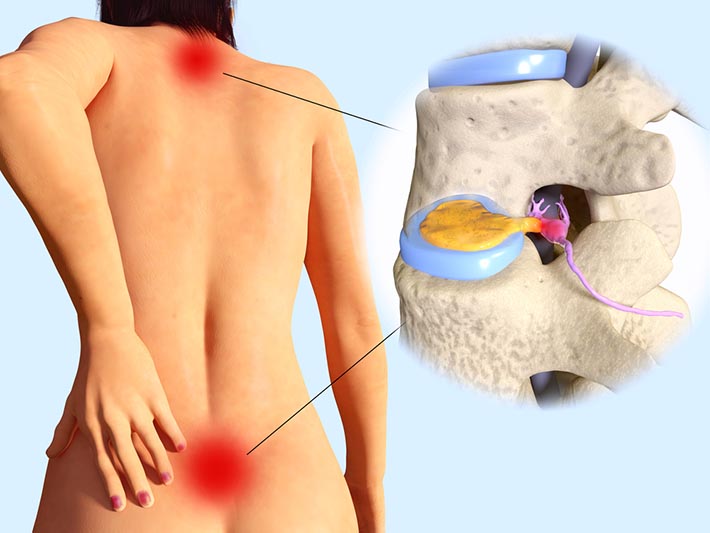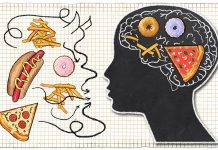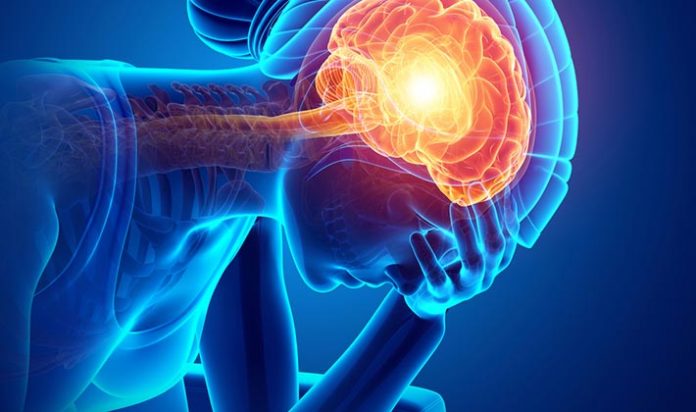Not every adult is going to start experiencing pain as they get older – but it sure does happen to a lot of us. It’s important to understand where the pain is coming from in order to figure out why it’s happening. Once you have the answers to those two questions, it’ll be easier for you and your doctor to come up with the best course of treatment.
Muscle Pain
Believe it or not, muscle pain associated with aging is the result of too little activity, not too much. The older you get, the more muscle you will eventually lose – but the more physically active you are, the longer it will take you to lose a significant amount of muscle.
As muscle begins to atrophy with age, that’s when you’ll start to feel stiffness and pain whenever you try to move around. This pain may also be coming from the tendons and ligaments which are attached to your muscles. The same proteins that make up your muscle fibers also make up your ligaments and tendons. But muscle fibers are vascular (meaning they have a blood supply) whereas tendons and ligaments are not. So your treatment options will be very different depending on whether you’re talking about reducing muscle pain or tendon/ligament pain.
Joint Pain
There are two different types of joint pain people experience as they get older: inflammatory joint pain, and osteoarthritic joint pain.
Inflammatory joint pain (also known as synovitis) happens when chronic inflammation starts attacking your joints. This causes the fluid sac which cushions your joints and protects the bones from rubbing against one another to swell up. This swelling can have adverse effects on the nerves which surround the joint area, and send pain signals shooting up to your brain. Whatever you can do to reduce chronic inflammation is a great way to neutralize the swelling which causes this discomfort.
Osteoarthritic joint pain is another animal. If you let chronic inflammation in your joints go on for too long without treatment, it could completely degrade the connective tissue between bones. Not only will your bones end up grinding against each other, but they’ll be grinding up against all of the delicate nerves which lie between them. Lots of people describe osteoarthritis as even more painful than synovitis. Unfortunately, surgery is usually your best bet in order to regain mobility and manage pain.
Nerve Pain

Nerve pain is a very complicated type of pain. It has many different causes, and also many different symptoms. Typical causes of nerve pain include:
- Chronic inflammation
- Increased pressure around larger nerve clusters
- Swelling of the synovial sacs between joints
- Neurodegenerative disorders
- Electrolyte imbalance
Symptoms of nerve pain, on the other hand, include:
- Pain (obviously)
- Numbness
- A tingly, “pins and needles” feeling in your extremities
- Heightened sensitivity to touch
- Loss of balance
- Insensitivity to pain
To add even more confusion to the mix, some nerve conditions may be degenerative while others may just be chronic. There’s also a third category of nerve pain where, with the right treatment and lifestyle changes, it can even be reversible. The best way to figure out which type of nerve pain you have is to discuss your symptoms with your doctor.
There are the most qualified to help you find effective treatment options.
The Brain
The human brain is probably the greatest source of pain – in more ways than one. If you think about it, pain is a very abstract concept. What we refer to as pain is our brain reacting protectively to a stimulus which is either potentially damaging or life-threatening. Pain is a protective mechanism. But when something goes wrong with your brain, its ability to process pain may start to go haywire.
Migraines are one of the most common types of pain that occur in the brain. They’re defined as “severe, recurring, painful headaches”. But other than that, migraines are very mysterious. Some migraines have specific triggers, others can come out of nowhere. Some people experience them rarely, while others have them all the time. There are medications available to treat migraines, but the meds that your doctor prescribes you will vary depending on your specific migraine symptoms and triggers.
And then there’s a source of brain pain that most people don’t talk about: depression. It’s a lot more common than people think, especially in older adults. If you feel like you’ve been experiencing any depressive symptoms, be sure to talk to your doctor right away. It’s nothing to be ashamed of, and the sooner you get started on the proper course of treatment, the more of a positive impact it will have on your quality of life.





















































